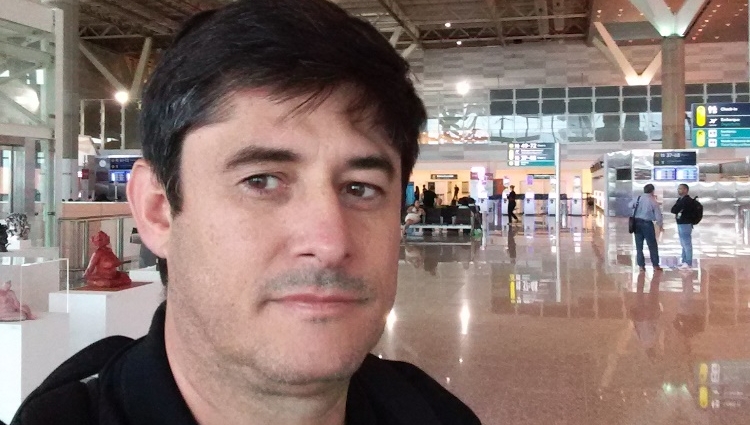“LEGO” at Atomic Scale: Synthesis of New 2D Materials on Surfaces
Publicado: 05/10/2021 - 09:46
Última modificação: 05/10/2021 - 09:48

In the last decades, several 2D materials (e.g., graphene, hexagonal boron nitride, transition metal dichalcogenides, artificial organometallic networks - MOFs) have been intensively studied, revealing interesting physical phenomena and unique electronic, optical, and mechanical properties. These materials are promising for innovative technological applications, such as new catalysts, sensors, electronic and photonic devices, magnetic networks, etc. A fascinating technique for preparing these materials is the so-called on-surface synthesis (SS) [1,2]. SS is a bottom-up technique that uses specifically “designed” precursors as molecular building blocks (such as pieces of a LEGO) to create, on-demand, new materials with the desired atomic and electronic structure. With this, we can, for example, build model systems (toy models) that allow exploring singular properties, such as new semiconductors, photonic lattices, or artificial magnetic lattices.
The Surface Physics Group (GFS) at UNICAMP has used SS in recent years in the epitaxial growth of different members of these 2D material families [3-8]. In this seminar, I will show recent examples in which we apply different growth and functionalization strategies to produce new semiconductors [7] and organometallic networks [3-5,8], whose electronic and atomic structures have been characterized by X-ray photoemission spectroscopy (XPS) and scanning tunneling microscopy/spectroscopy (STM/STS) techniques.
References:
[1] Mengqi Zeng, et al., Chemical Reviews 118 (13), 6236-6296 (2018).
[2] Sylvain Clair, et al., Chem. Rev. 119, 4717-4776 (2019).
[3] M. Lepper et al., Angew. Chem. Int. Ed.. 57, 10074-10079 (2018).
[4] Juan Carlos Moreno-López, et al., Chemistry of Materials 31 (8), 3009-3017 (2019).
[5] Alisson Ceccatto dos Santos, et al., Chemistry of Materials 32 (5), 2114-2122 (2020).
[6] Gabriela Moura do Amaral, et al., Applied Surface Science, 538,148138 (2021).
[7] Nataly Herrera-Reinoza, et al., Chemistry of Materials 33, 2871-2882 (2021).
[8] Alisson Ceccatto dos Santos, et al., J. Phys. Chem. C 125, 31, 17164–17173 (2021).